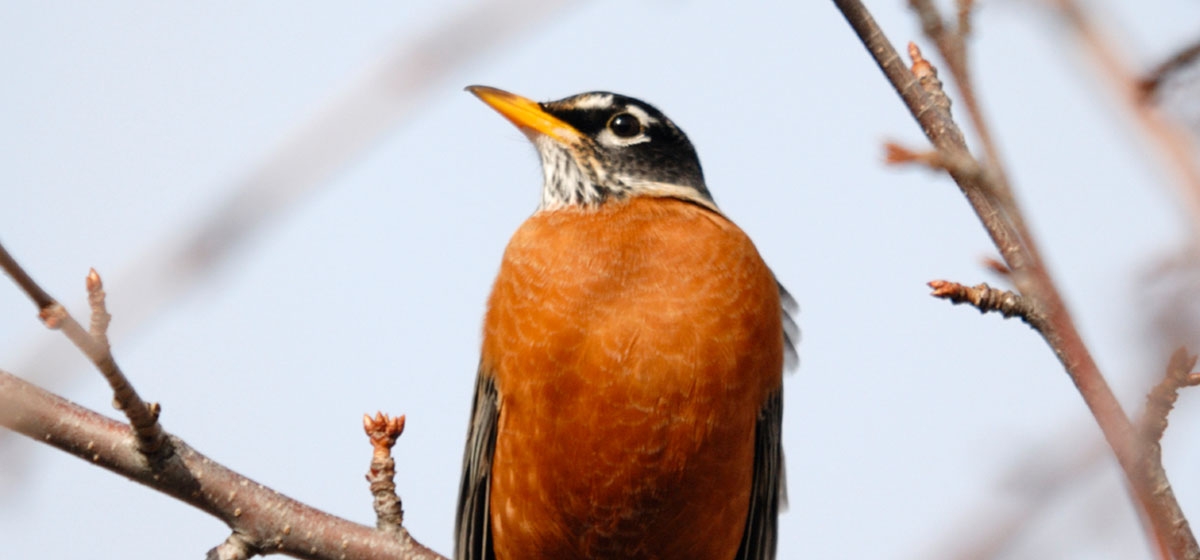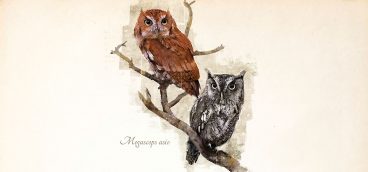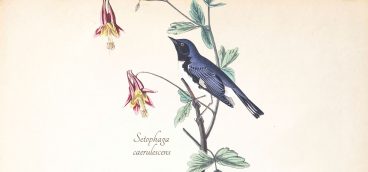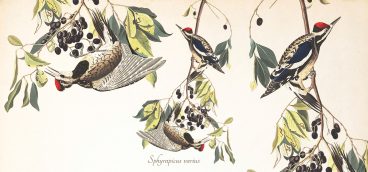
The early bird catches the worm,” so the proverb tells us. As the light and warmth of spring slowly thaw western Pennsylvania, it’s likely that the American Robin will be that early morning bird with an unsuspecting wiggler in its beak.
All winter, robins roam the region, foraging in loose flocks for berries and wild fruit, a significant part of their cold- weather and year-round diets. Robins sometimes descend on bird-friendly plantings in suburban yards, plucking morsels that sustain them through the chill. As the earth warms and invertebrates begin to inch their way through the soil, robins spend their time hopping across the new shoots of grass, heads cocked, looking for breakfast. It was once thought that robins were listening for the faint sound of worms crawling through the dirt. In fact, they use keen eyesight to look for meals. A quick stab with their yellow and black beaks, and the angleworm is done.
Robins have wonderful songs, with tweets and twitters that often end in what sounds like a laugh. Males sing in response to increasing daylight, and females listen for the best, most reproductively fit songsters.
Nesting begins early. Often robins build multiple nests, and they’re more than happy to take advantage of a gutter overhang or other sheltered spot on a porch, garage or house. Nests are made from grass, pliable twigs and mud, the latter carried mouthful by mouthful from a puddle or creek to cement the materials together. Robins nest early and can fledge two or three broods in a year. Sometimes they’ll lay eggs that don’t hatch. Other times, avian predators find a conspicuous nest and raid the eggs. Just as likely, baby robins are born and push empty shells out of the nest. You’ll often find these shards in the spring, a brilliant blue descended from above. A few weeks later, the chicks fly the cradle, ready to launch out on their own and explore their winged world.
Our American Robin is a member of the thrush family. In western Pennsylvania, you might hear a Wood Thrush if you have forest in your neighborhood. But you won’t hear the European Robin, the robin redbreast. Even though European settlers named our bird for the one they left back home, the American Robin is a different species. Still, its orange-red flanks reminded colonists of the legendary robin that shielded the Christ child through the night from burning embers, scarring its chest in sacrifice. Our American Robin dared no such feat of martyrdom, but they do remind us of renewal and rebirth in a more secular way each spring.





